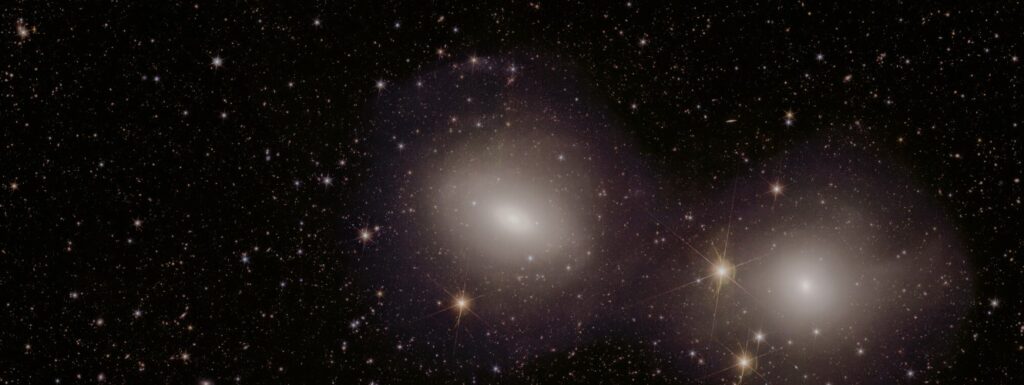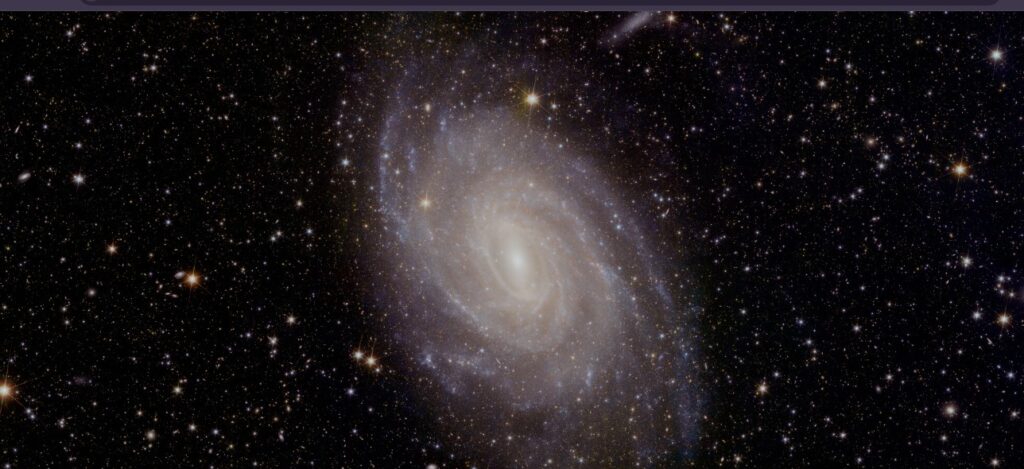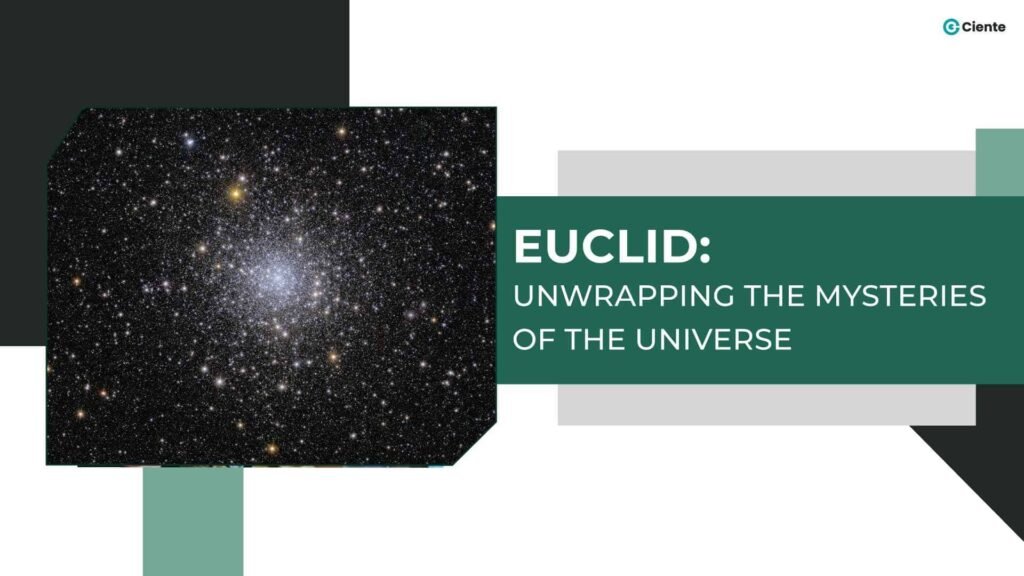Space technology is pushing our boundaries in understanding the cosmos. At the forefront of this trajectory are telescopes like the Euclid, an astounding European space tech. Meanwhile, on the other hand, are reusable rockets, reducing the cost of space access, opening doors for more frequent launches, and opening doors to a new period of space exploration.
A European Space Agency telescope, Euclid, was launched into space last summer and has shown promising results. With breathtaking images, the telescope has revealed outcomes beyond expectations.
Euclid, with its sharp eyes, can cover the skies with impressive detail and help scientists make sense of the universe’s two darkest mysteries – the dark matter and the dark energy.
While the former works on gravitational lensing and “glues” galaxies together, the latter has the counter effect.
Euclid caught this while gazing at Abell 2390, a cluster of galaxies located 2.7 billion light-years away. Ninety percent of the mass in this cluster is dark matter. In a series of papers, the Euclid team also shared discoveries of new dwarf galaxies, star clusters, and free-floating planets. Astronomers say these discoveries show how the mission can reach beyond its core goals – calling it a legacy effect of Euclid.
The telescope also snapped these two galaxies grazing each other 62 million light-years away, resulting in diffuse edges and tails.

Euclid took this picture of spiral galaxy NGC 6744, 30 million light-years from Earth.
Each grain in this image is a hot and massive baby star. In the rotating spiral galaxy, the interstellar gas and dust join forces to form star formations along its arms.

The European telescope, with its near-infrared vision, also focused on Messier 78, a stellar nursery, peering past clouds of gas and dust to reveal the bright blue infant stars hiding within.

The Euclid team, proud of their telescope, said this was only just the beginning of a galaxy full of possibilities for the telescope and science alike.



